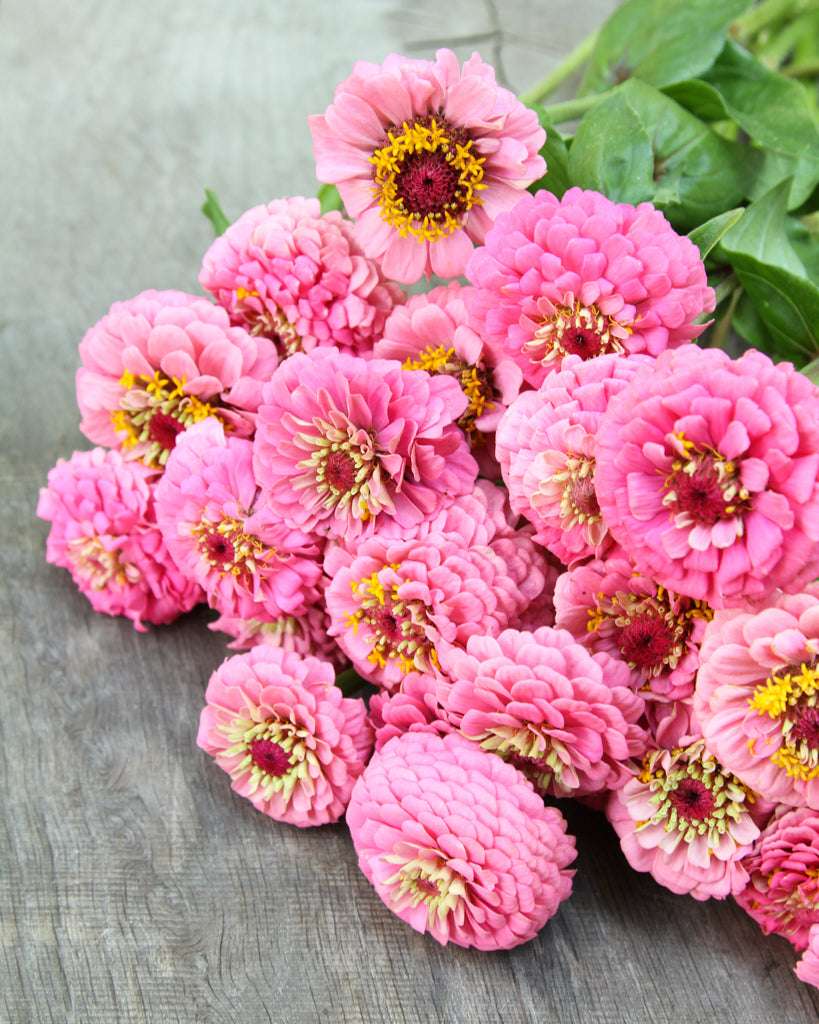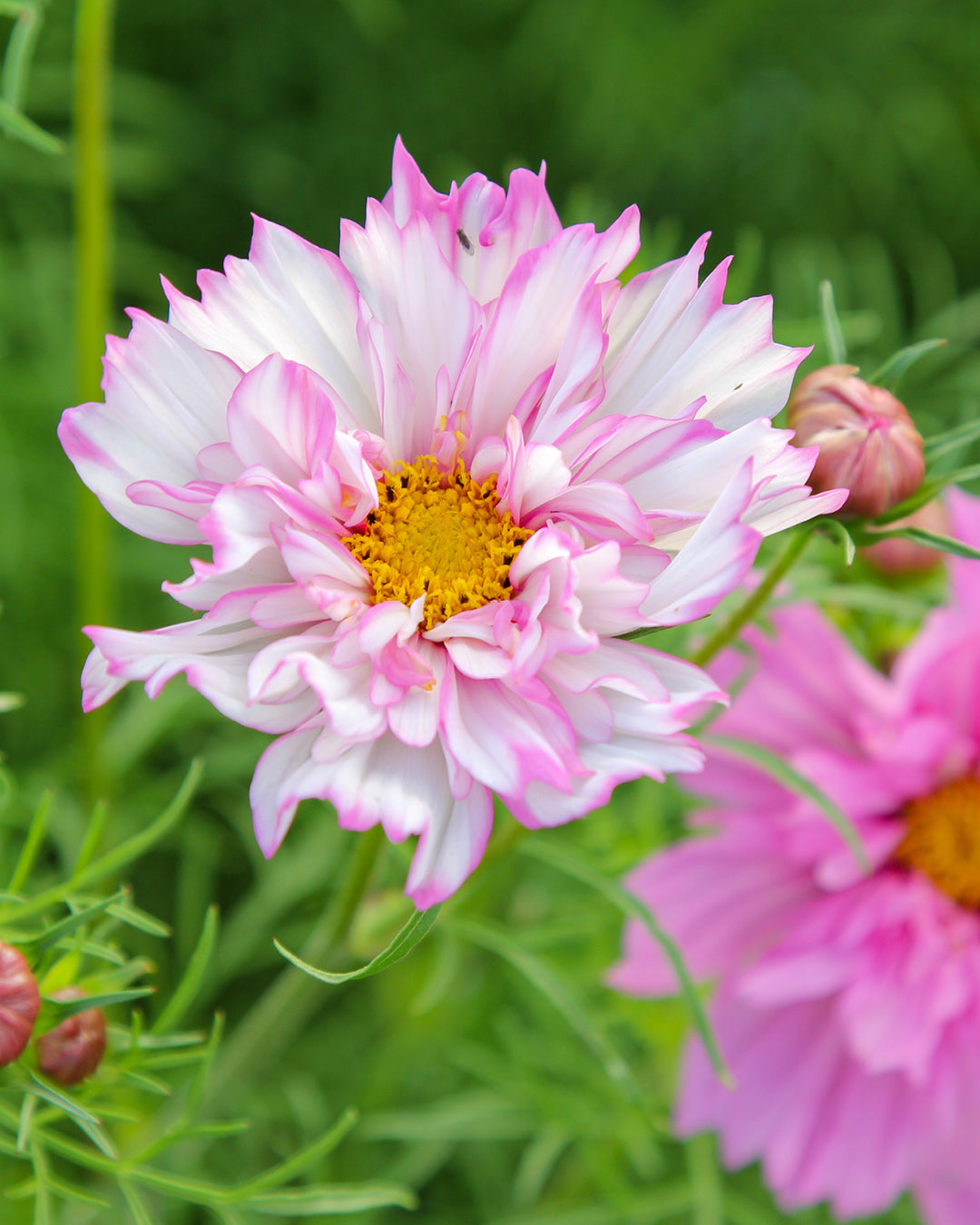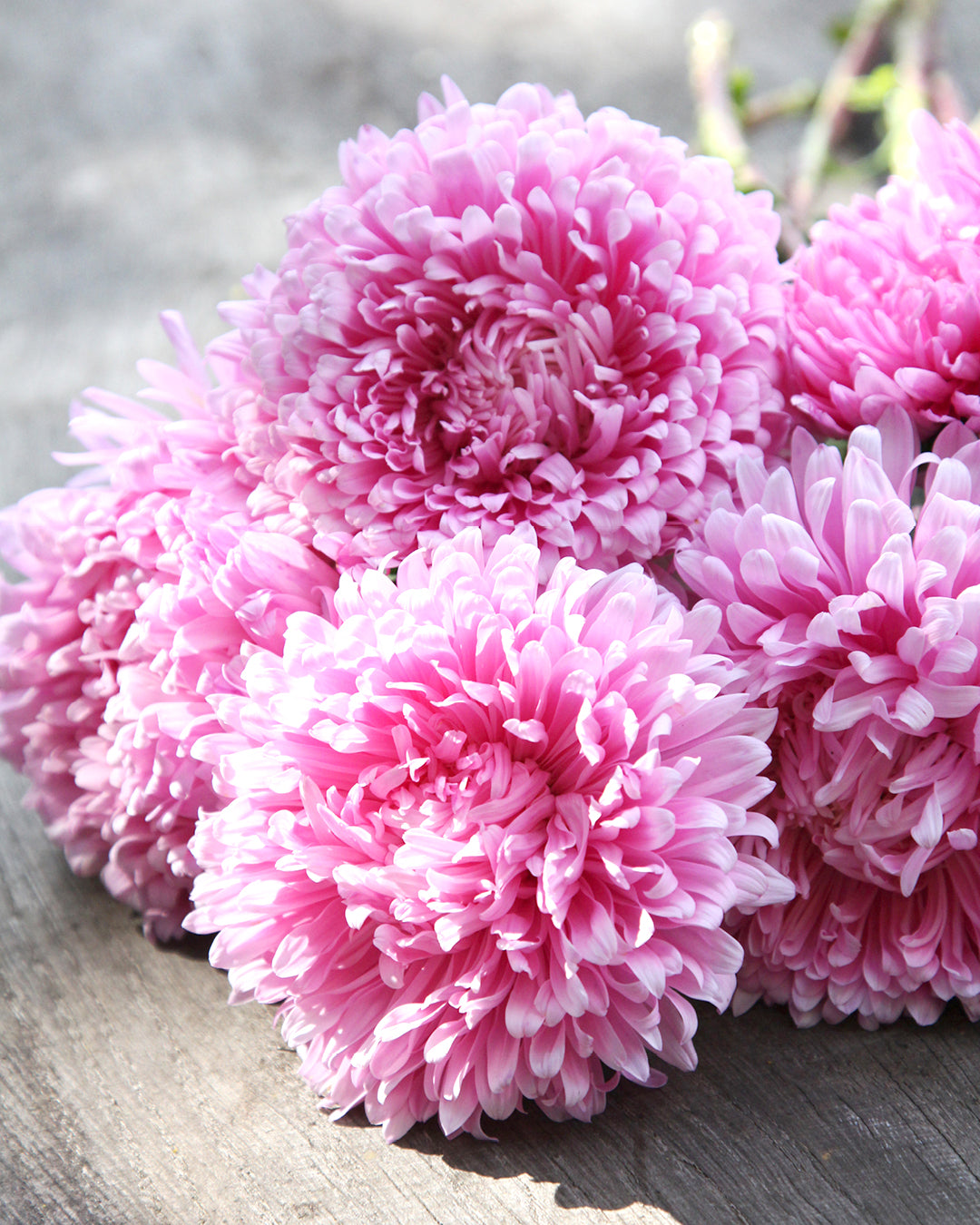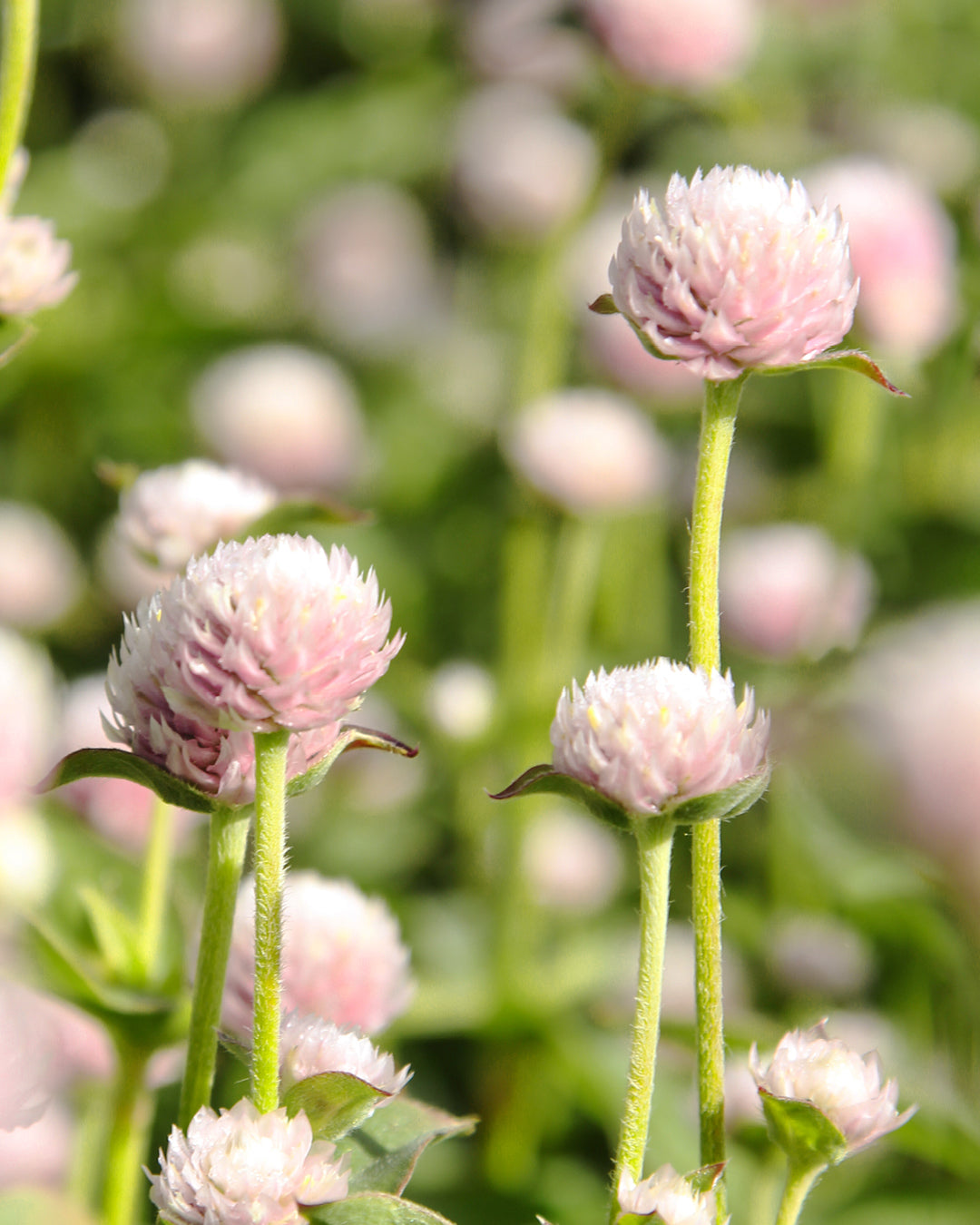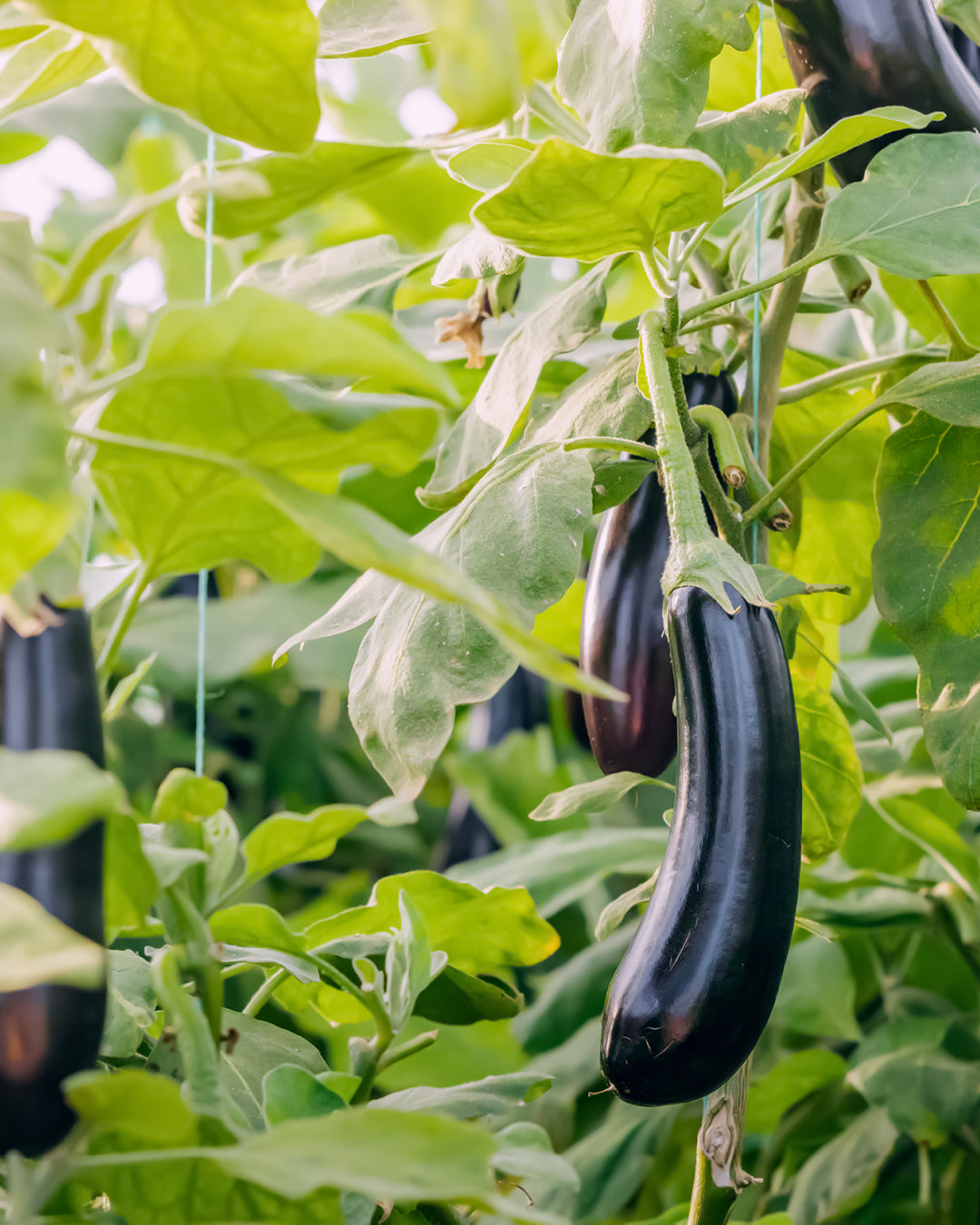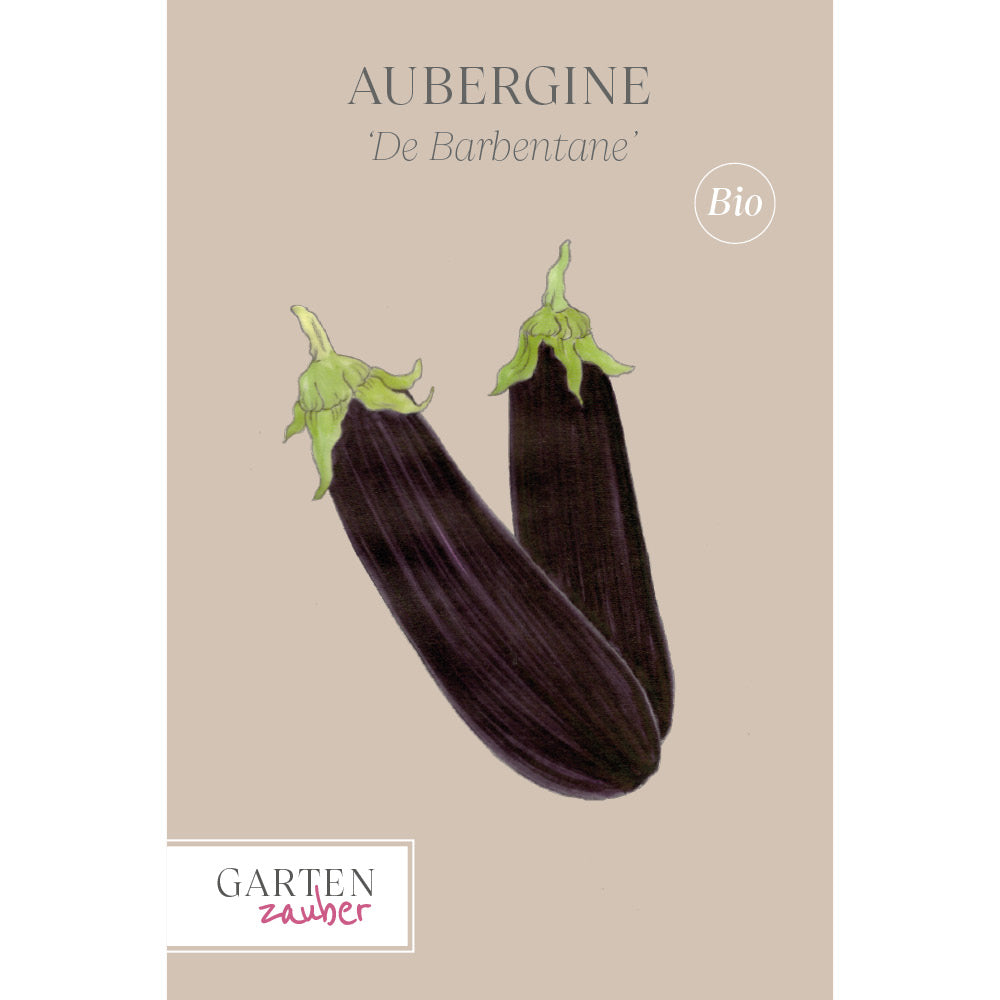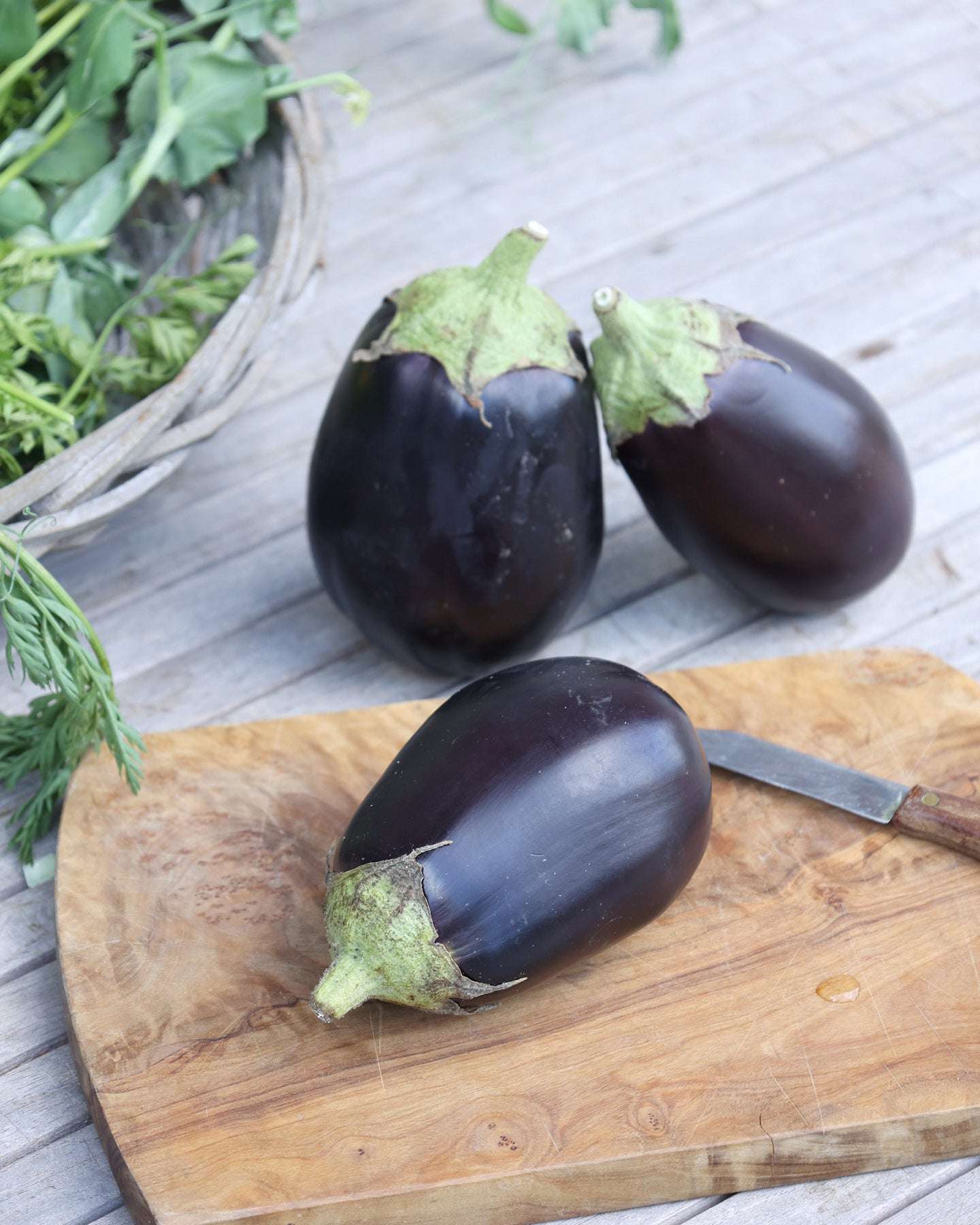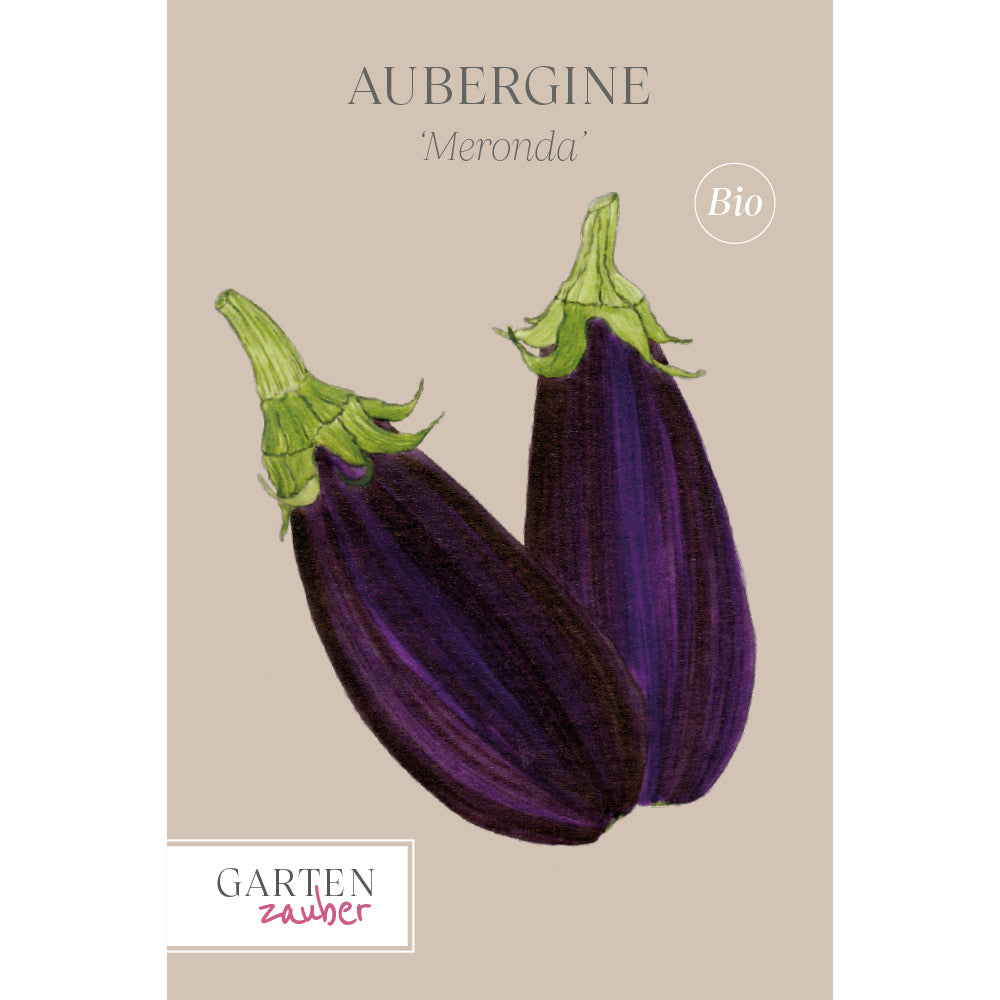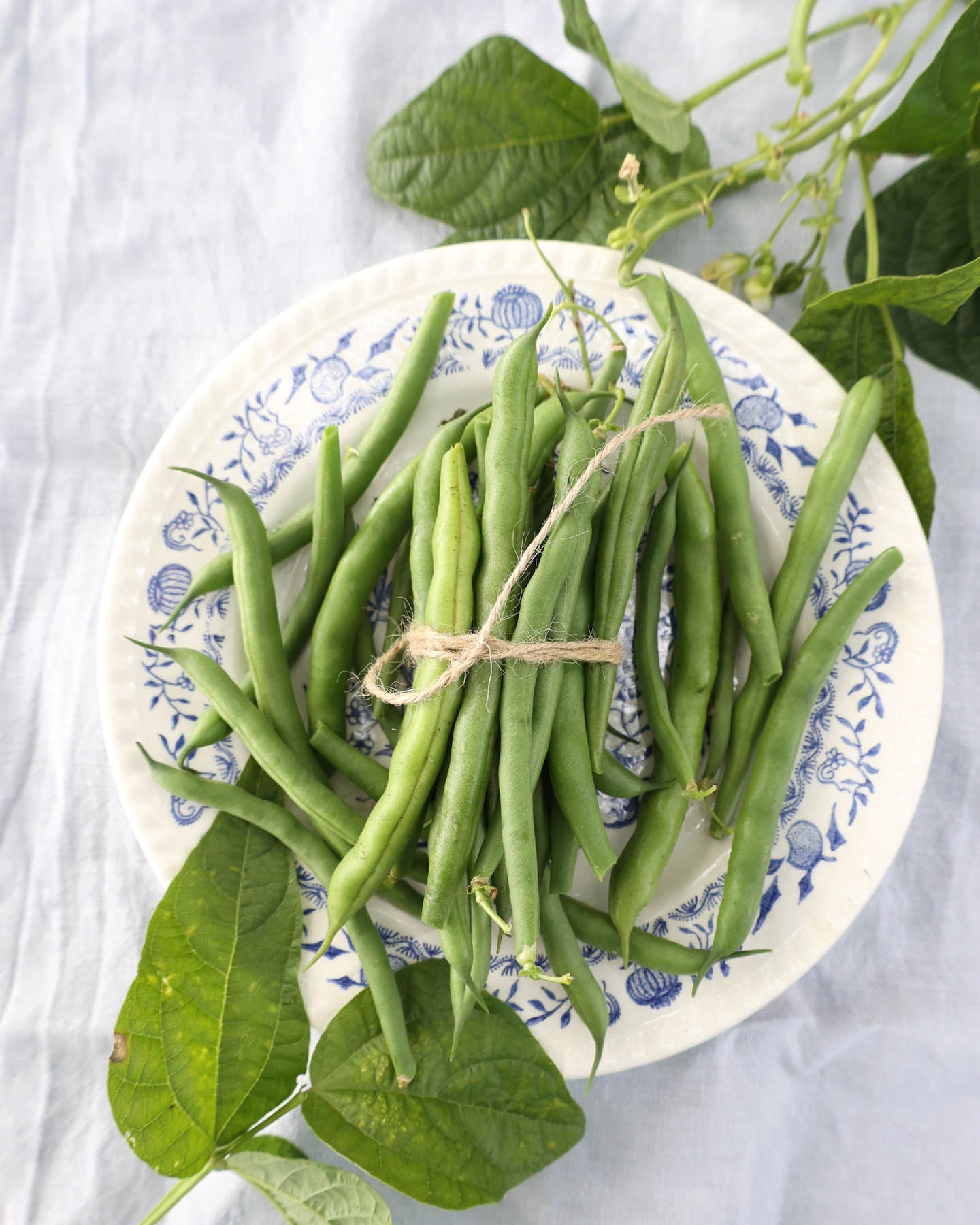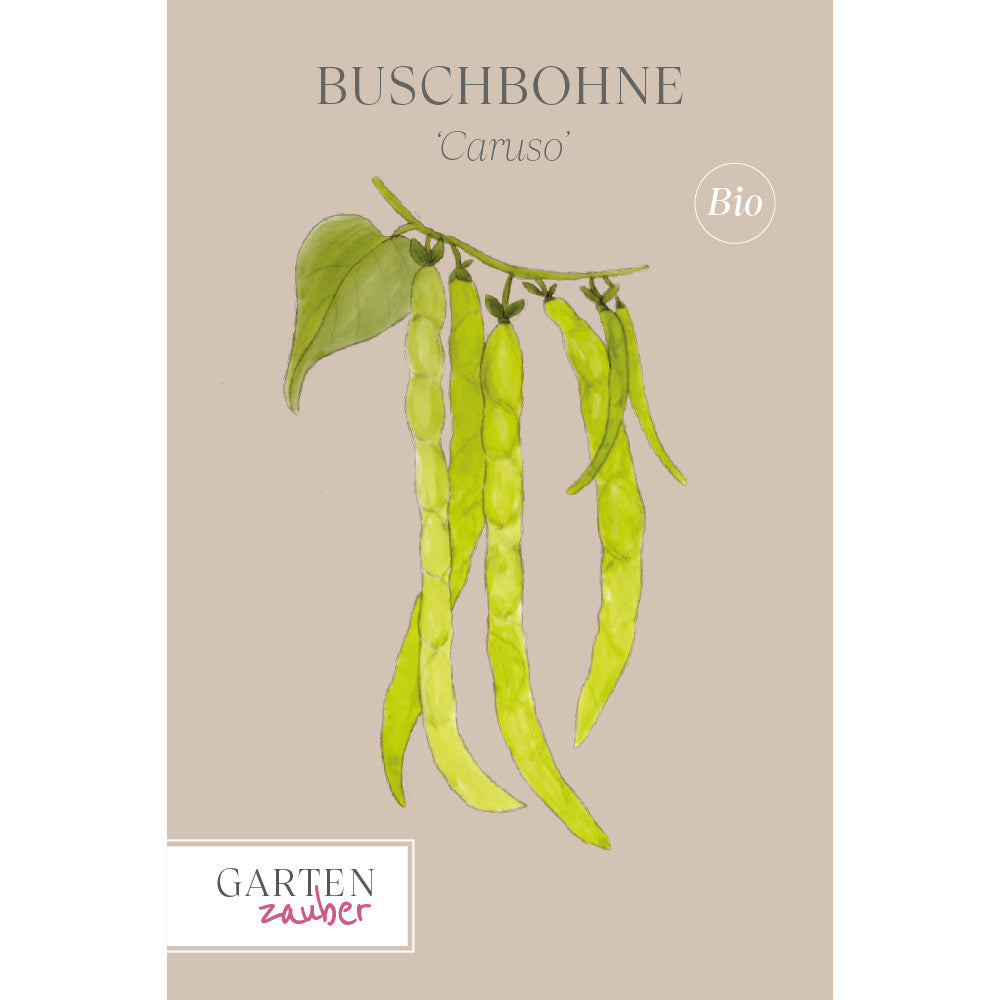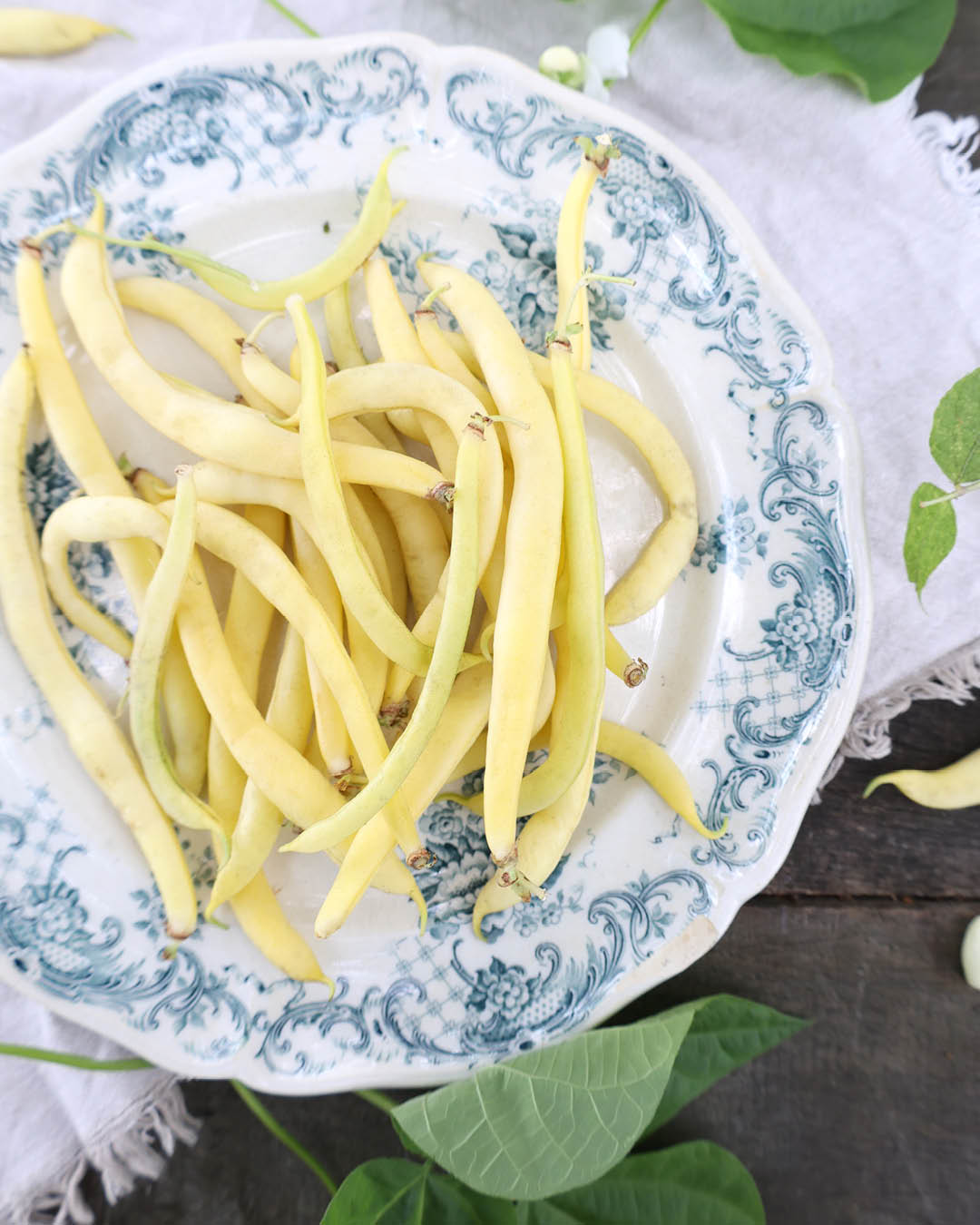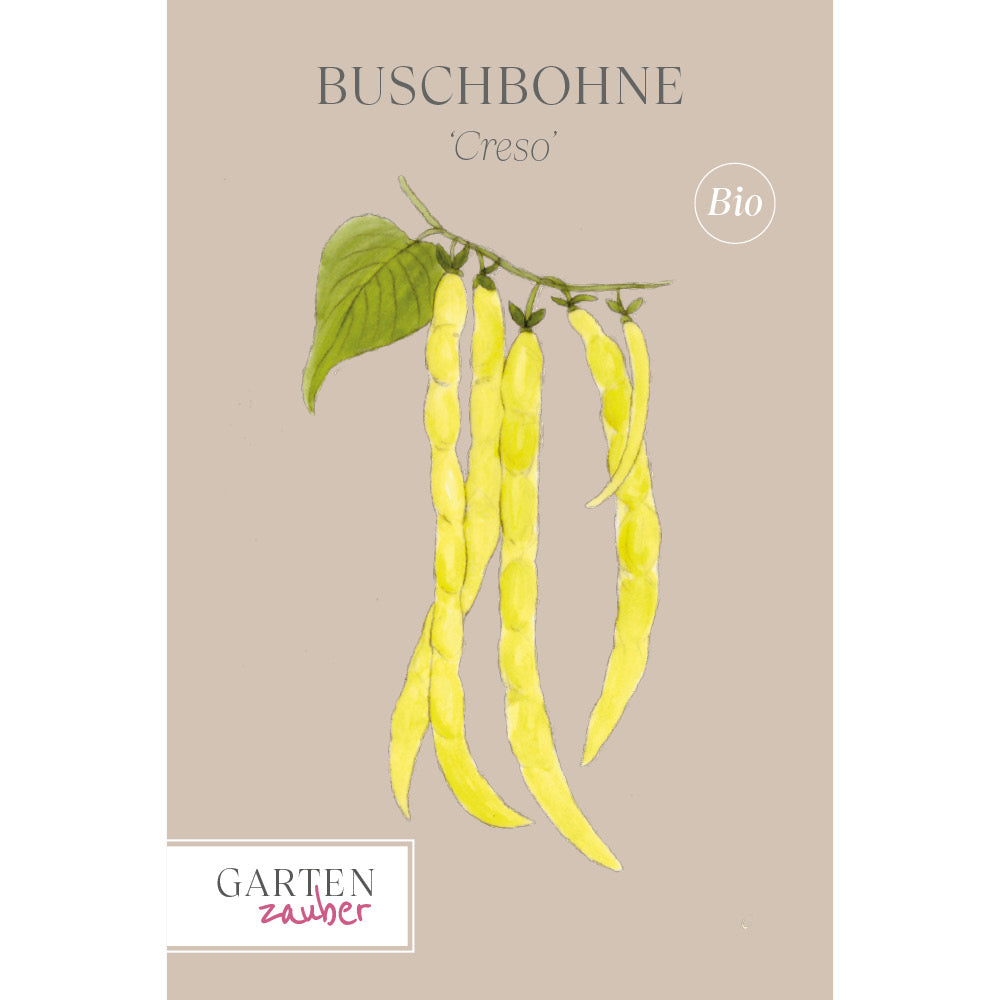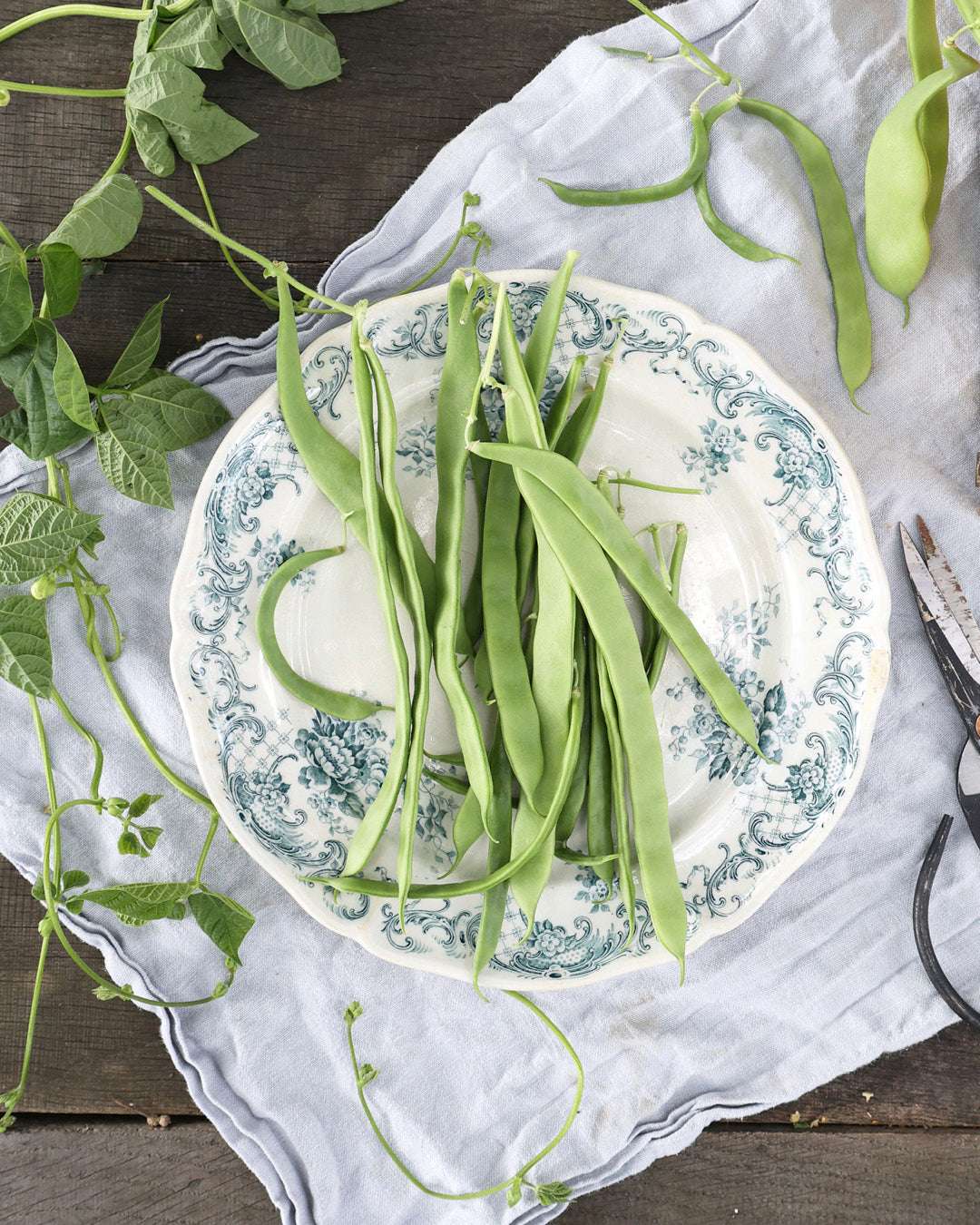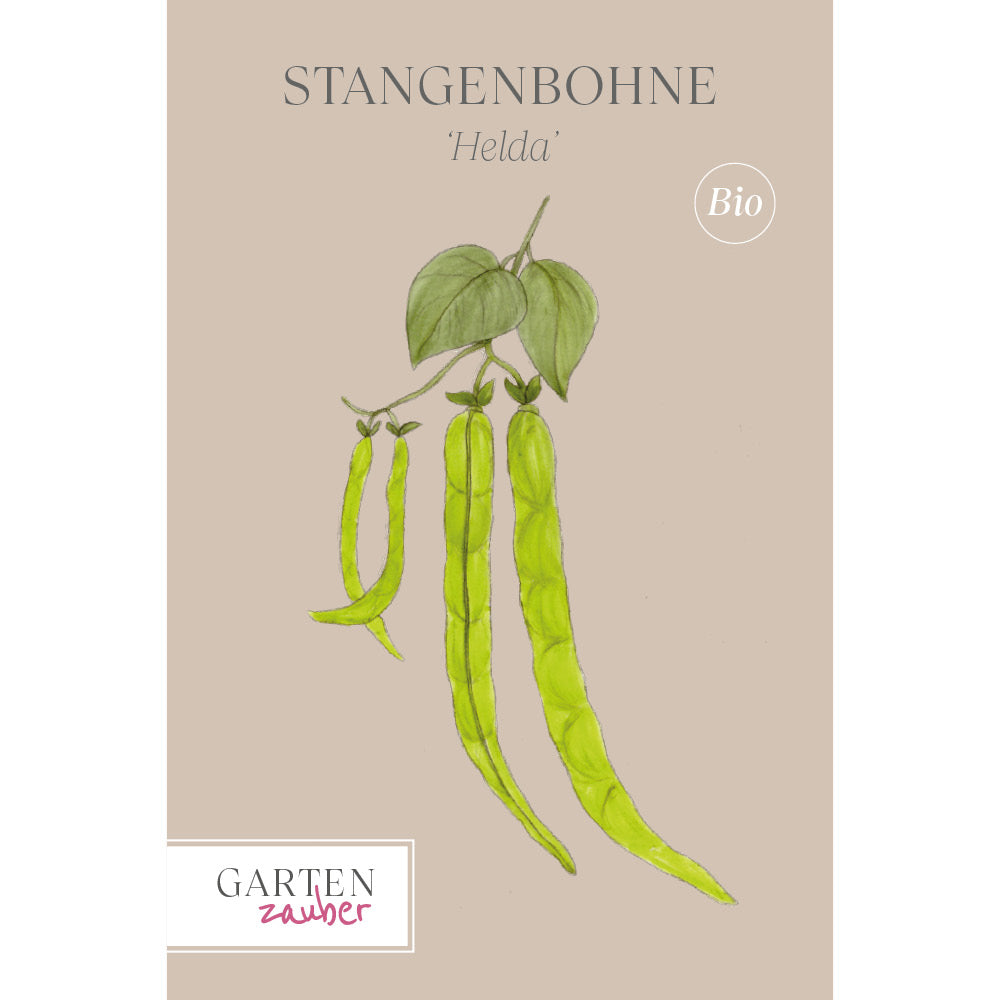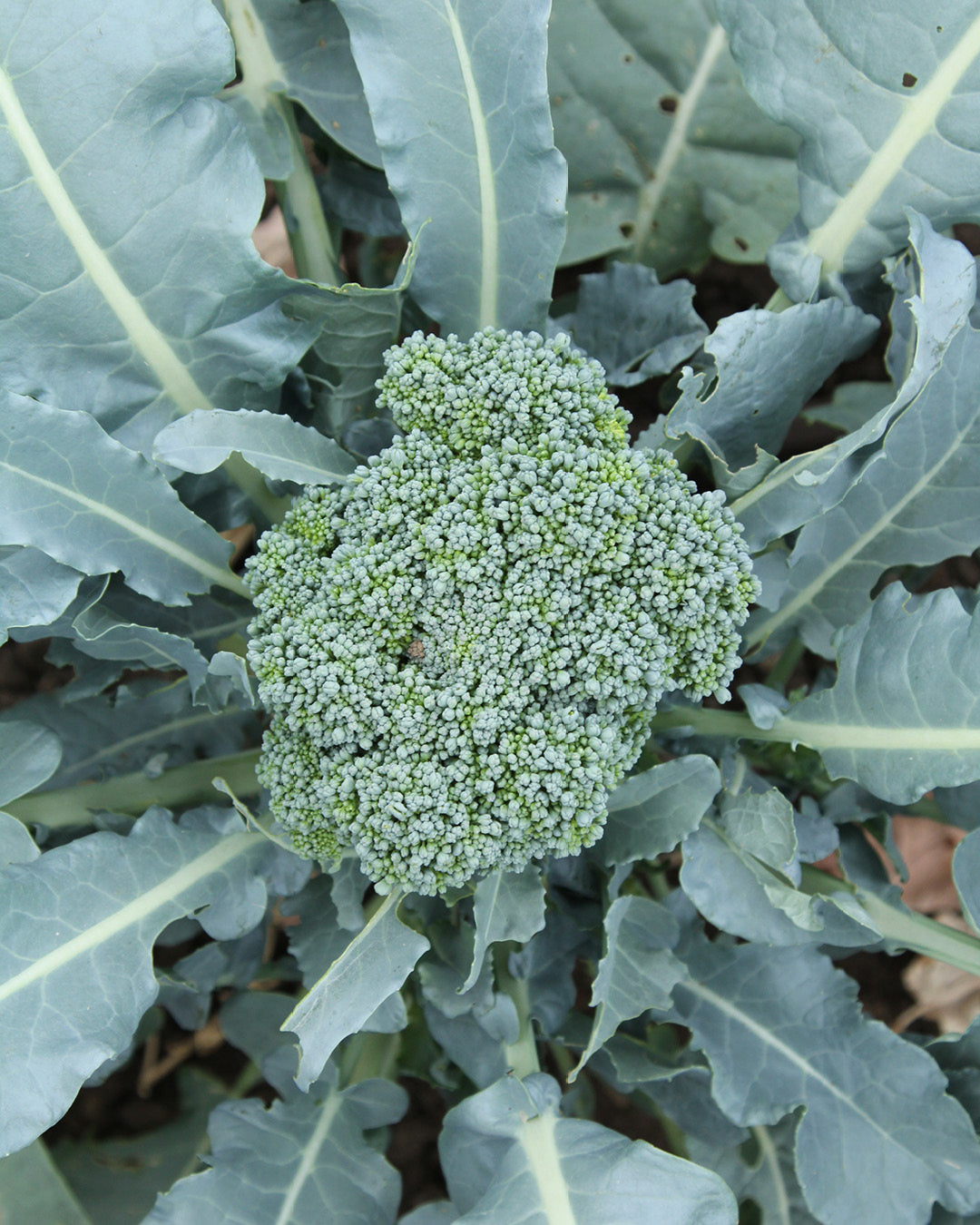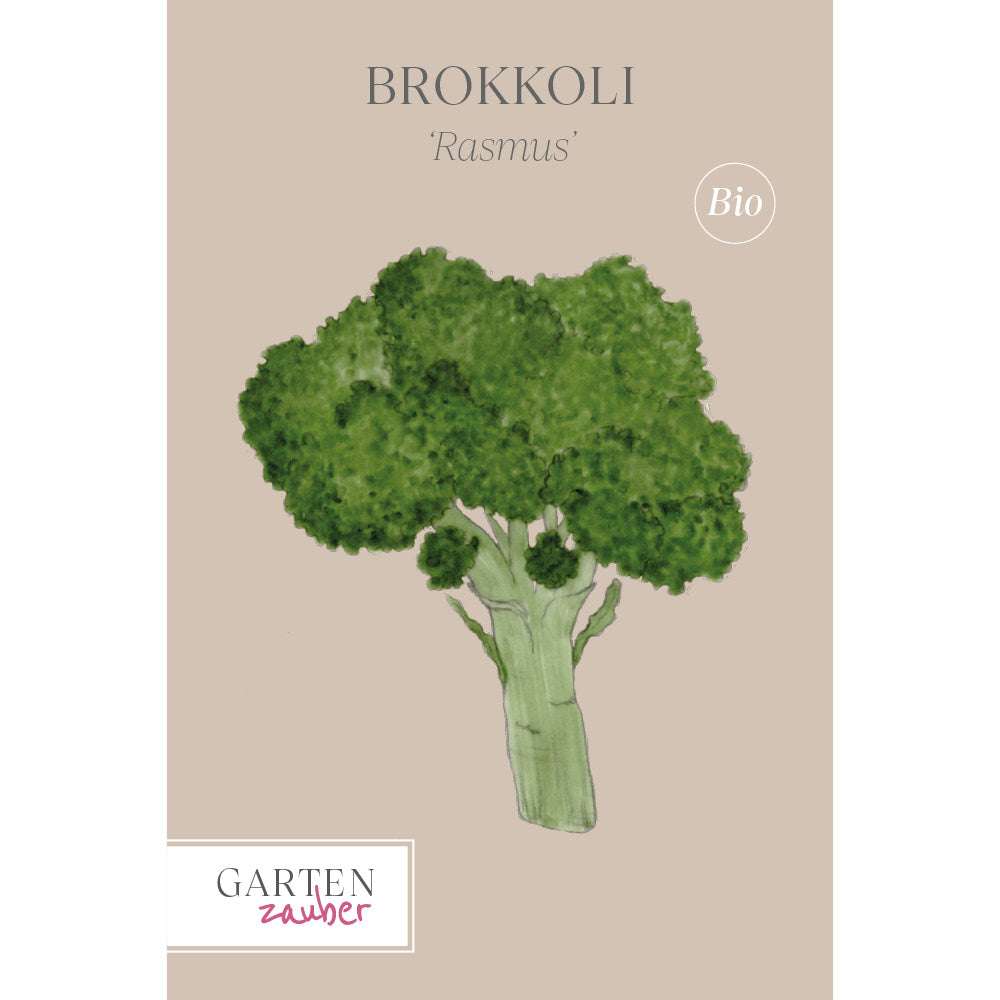Camellia profile – Camellia japonica
Camellias are truly exotic beauties. This distinctive plant is a true eye-catcher in any garden. Read all about the Camellia japonica in this fact sheet!
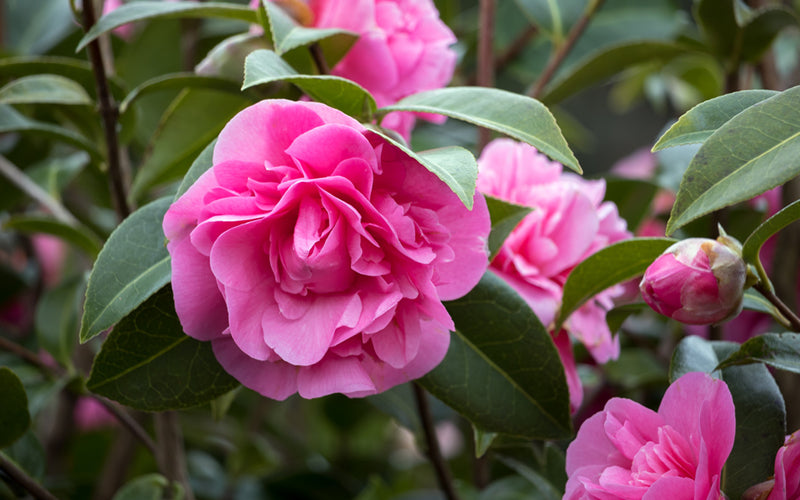
Origin
The camellia is native to the forests of Japan, Korea and China.
discovery
Although Engelbert Kaempfer first described it in the 17th century, it received its current name from Carl von Linné in 1753.
Natural location
The camellia grows on open slopes and in light forests with good drainage.
Location in the apartment
The camellia is a typical potted plant that can be kept outdoors in summer, but is very sensitive to changes in location.
Substrat
It grows best in raw humus substrates, such as those used in Belgium. Alternatively, you can use premixed rhododendron soil.
Water requirements
Camellias do not like irregular watering, so you should always water them evenly.
Determining characteristic
Camellias produce flowers in all shades of white, pink and red in many different variations.
flowering time
Depending on the variety, camellias are classified as early, mid-flowering, and late-flowering. Early bloomers begin flowering in the fall, mid-flowering ones in January, and late bloomers in March.
Ornamental plant with tradition
Camellias were already sought after as valuable garden plants in ancient China, Korea and Japan, long before interest in them arose in Europe.
With the development of trade relations between the East India Companies from the 17th century onwards, in combination with prestigious plant collections in Europe, not only plant hunters but also other professional travelers (missionaries, doctors, captains, merchants) constantly brought new plants to Europe.
At the beginning of the 18th century, the first flowering camellias were brought to England. From there, they spread to mainland Europe and eventually to America. Germany's most popular camellia is the Pillnitz Camellia, which has been growing outdoors in the park of Pillnitz Castle near Dresden since 1801. A special, movable greenhouse was built for it to protect it during the winter. The camellia is now almost 9 m tall and has a crown diameter of around 12 m.
In the early 19th century, the camellia became a fashionable flower, and cultivar breeding intensified. To this day, C. japonica remains the most common, but there are many other species among enthusiasts and numerous varieties.
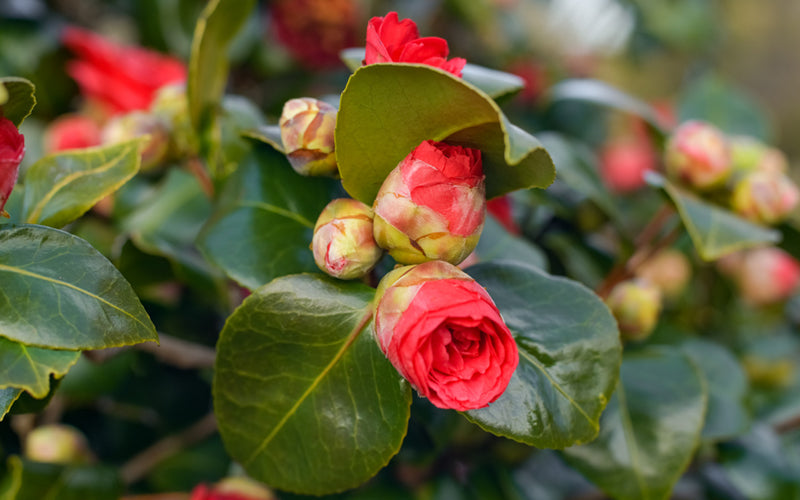
The care
Camellias don't like change. They therefore punish changing environments with bud drop. Leaf buds emerge in spring, and new shoots develop until summer. During this time, their water and nutrient needs are greatest. Flower and bud formation begins in midsummer. Camellias therefore require a constant water supply until fall to prevent the buds from shedding or drying out.
In summer, you can place the camellias outdoors, where they thrive best when lightly protected by other trees or shrubs and not exposed to sunlight. If they're placed in too much sun, their leaves will burn; if they're placed in too much shade, they'll produce few flowers.
Camellias should be pruned immediately after flowering, if at all. During the growth phase, apply a complete fertilizer once a week; starting in summer, a potassium-rich fertilizer will help with bud and flower formation. Symptoms of iron deficiency often occur, and these can be prevented with iron fertilizer.
Worth knowing
The wild species usually have single, bowl-shaped flowers. Intensive breeding has resulted in many hybrids with different flower shapes, which can be divided into six groups: single flowers, semi-double flowers, anemone-shaped flowers, peony-shaped flowers, rose-shaped flowers, and densely double flowers, in which the stamens are no longer visible due to their high degree of fullness.
← vorheriger Post: Propagating houseplants
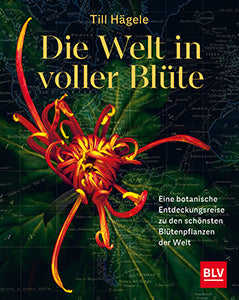
The content of this article is from the book:
Till Hägele
The world in full bloom
A botanical journey of discovery to the most beautiful flowering plants in the world
Price 48,00 €
ISBN 978-3-96747-063-5
BLV Publishing
Till Hägele, head of the greenhouse department at the Munich Botanical Garden, takes you to the world's most beautiful flora. With high-quality images, you'll learn fascinating facts about plants, countries, and people. A practical section with planting and care instructions for houseplants and potted plants rounds out this impressive gift book.

